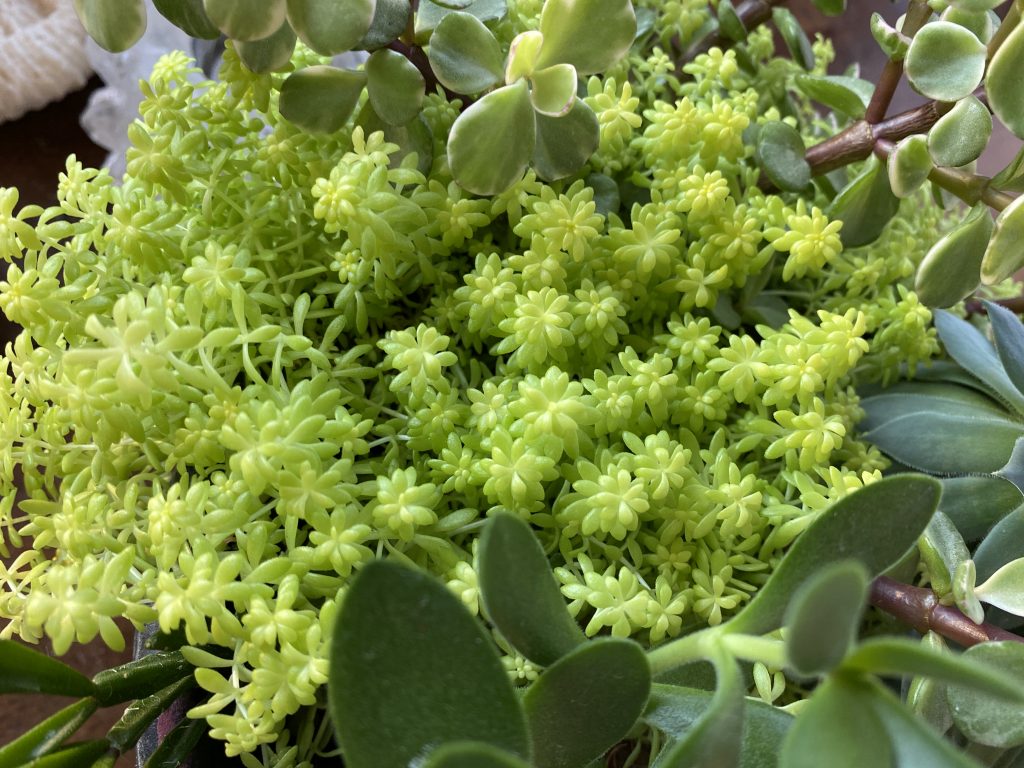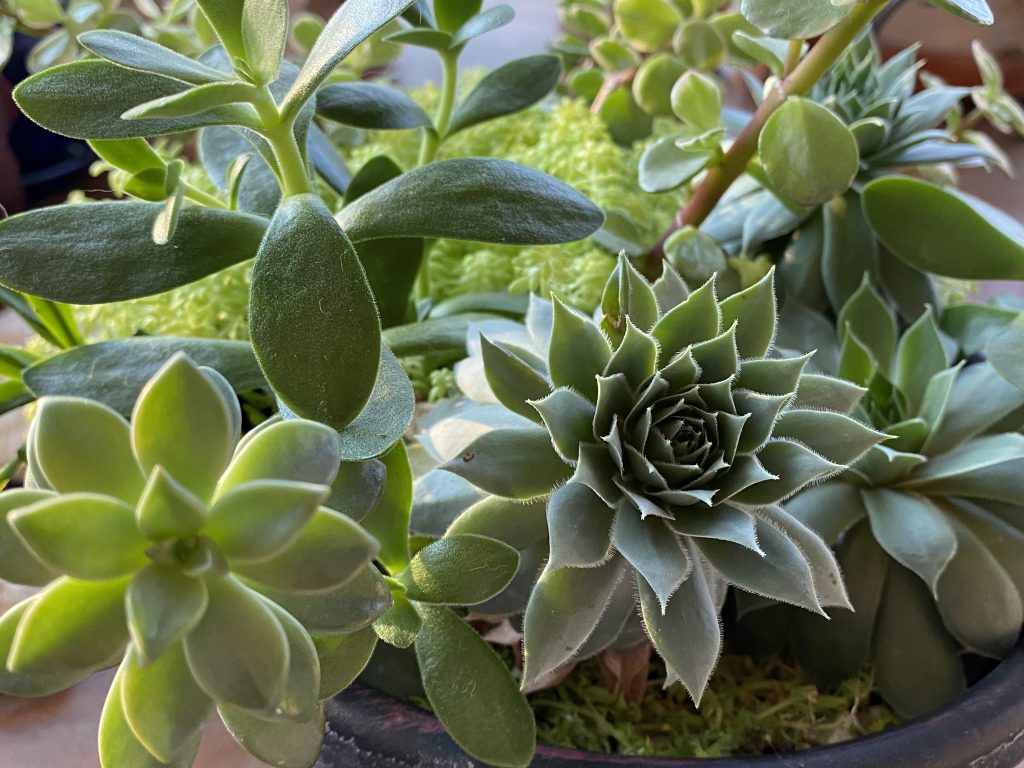Over the last year we have spent more time than usual cooped up inside. Who knows exactly when it will be safe to venture out of our comfort zones to freely share indoor air with others.
Refuge from the abnormalities of the past year has often been found in the ability to commune with nature. The winter months can be especially taxing as a result of this. Going out and enjoying fresh air can feel practically impossible (or simply just unenjoyable) when it’s a frosty thirty degrees outside.
One of the best things you can do to try and combat the winter quarantine blues is by sprucing up your space. This can mean redecorating for comfort and productivity, maybe splashing a fresh coat of paint on the walls, or even something as simple as starting an indoor garden.
Indoor gardens properly tended to are scientifically proven to improve concentration and productivity as well as reduce feelings of loneliness and stress (really, who wouldn’t benefit from that these days?).
Below you will find a series of useful tips and ideas we’ve put together to help you DIY the best garden possible all within the comfort of your own home.
Picking Your Plants

Getting going on your in-house garden starts with choosing the proper plants.
Picking out a handful of plants from the garden center at the hardware store, tossing them in a pot, and crossing your fingers will likely not work well when it comes to cultivating an indoor garden.
There are houseplants and there are plants that are better suited to outdoor life — you should make sure you are choosing the household variety (or an outdoor variety that is versatile) before you commit to growing your indoor garden, otherwise you are setting yourself up for disappointment.
Be sure that you are choosing Indoor plants that spark joy so that you can get the most from the flora and fauna in your home; part of this is making sure that you choose plants that have a good chance of survival in your environment.
There are many factors that play a part in determining what sorts of plants might flourish in your environment. Humidity, lighting, and room to grow are all considerations that must be taken into account before you choose which plants to welcome into your home.
This is especially true if you are intent on growing edible plants.
Many vegetable and fruit varieties require a lot of sunshine and fertile soil to really take off. This can be a difficult (but not impossible) thing to come by indoors. If you are willing to invest time and resources into caring for your inside veggies, there’s no reason why you shouldn’t be able to reasonably produce some simple staples right in your own home .
Effective countertop cultivation can be made even more lucrative (and less messy) by the utilization of hydroponics. Hydroponic gardening is a method of growing plants that does not require any soil.
This method is great for indoor gardening because it eliminates the possibility of getting dirt all over your house from mishandled potted plants.
There are a variety of smart design hydroponic planter systems that are perfect for sitting on a kitchen island to happily grow herbs or small vegetables without much work at all on your part. These types of planters also come in tall vertical designs that can effectively accommodate a wide variety of traditionally outdoor only plants.
However, if you are looking for a more budget friendly option, it may not be the best choice to purchase a pricey kit for a full on indoor vegetable garden.
Granted, with a little bit more effort and planning, you can make hydroponic planting work for you.
A simple hydroponic setup for lettuce plants can be achieved with a few mason jars, some water, plant food, and a touch of ambition. If you are just dipping your toes into the world of hydroponics, something like lettuce or basil is a safe place to start as both plants are affordable and easily grown and managed.
Find a Good Spot

Once you have established the types of plants you want in your house, the next step is figuring out your setup.
Not only should you consider the lighting in your house and the space that your plants have for spreading out, but you may also want to put some thought into where you would most benefit from the presence of plants in your home.
A solid supply of serotonin brought about by a carefully placed plant may be the key to a good morning or a relaxing afternoon.
If you find it difficult to wake up in the morning, it may be that a set of plants in your bedroom will give you a bit of motivation for getting out of bed. Not only is this immediate motivation to get up and take care of something other than yourself, but it can also provide oxygen right near your bed, which might help to provide your morning routine with just the right amount of fresh air to get you feeling good first thing.
Similarly, an herb or indoor vegetable garden might be the best place for your kitchen. A hydroponic vegetable tower or a small window box filled with fresh basil, thyme, and dill would be ideal inspiration for cooking right where you need it most.
Not only should you put a little care into where your plants are placed, but setting them up in a visually pleasing way can do a lot to maximize the benefits of your indoor garden.
Something as simple as a cheap, hand decorated jar for your hydroponic lettuce can do a lot to bring you joy and inspiration in your home. You might also experiment with hanging indoor planters, round basket planters perfect for the center of a coffee table, or look into any number of fun plant vessels designed in eye catching shapes like stars or elephants.
Taking this aesthetic consideration can turn your indoor garden into a collection of breath giving ornamentals.
Help Your Plants Grow
Choosing the proper plants for your place and making sure that they are properly placed is the bare minimum when it comes to fostering a healthy indoor garden.
The container you choose to put your plants in, the food you give them, and the amount you water them also play a part in how healthy your plants will be.
This is especially true if you are growing your plants from seed form or diving into hydroponic gardening — both of which take a bit more care on your part for good results.
Nutrients for your plants are fundamental when you are gardening without the use of soil. Though a dirt free indoor garden is ideal for reducing the chances of mess, pests, and mildew in your home garden, you are also taking away a plant’s traditional source of sustenance.
To substitute for this lack of nutrients, you must be sure to introduce plant food solutions into your hydroponic setup to provide your garden with the fuel it needs to survive and grow. You can make these solutions at home, however that will require investing time and resources into acquiring proper ingredients and safely mixing them.
An easier solution to a DIY approach would be to buy a reputable organic brand of hydroponic plant food that has already been measured out and put together for you. Pre-designed hydroponic greenhouse kits usually come with solutions for feeding your plants, if you are venturing out on your own though, you will need to be sure to measure the PH levels in your plants water to be sure that you are feeding them properly.
For both hydroponic and traditional soil based plants, a growing light is a great accessory to a healthy indoor garden. This is especially true if your place is scant on natural sunlight.
Growing lights for indoor gardens are specially designed to replicate the right color balance of natural sunlight. You can’t just chuck a fluorescent bulb desk lamp over your seedling and expect them to take root.
Lights made specifically for gardening give your plants just the right amount of intensity for them to properly grow. Be sure, however, that you don’t over expose your plants to fake sunshine. Plants, just like humans, need a little time to rest and respirate in the dark.
It may sound a bit odd, but talking to your plants has also been proven to help them grow.
Sitting close to your plants and talking to them can help them flower more vigorously and grow more lusciously. Though we would of course like to believe that this is evidence of what a little bit of “love” can do to help a thing grow, it is in all likelihood largely due to the CO2 humans give off when we exhale; Either way, it’s a pretty good symbiotic relationship — a plant won’t judge you for your secrets.
Succulents, Succulents, and More Succulents

If you don’t have a suitably sunny spot for your plants, find yourself lacking in the time and motivation to properly care for more fussy varieties of plants, or do not have the funds to spend on a fancy hydroponic system that more or less does the work for you, succulents are the way to go.
These hearty plants are made for beginners in the plant world who may find that their thumbs are any color but green.
If you find that you are nervous about committing to keeping a plant alive, starting out with a cheap succulent is a great way to reap some of the benefits of indoor plants without having to worry about keeping anything in your home alive but yourself.
These easy plants are much more likely to die from being overtended to than under.
If you really want to reduce any amount of effort regarding your indoor garden, buy pre-potted mini succulents. These little guys will fit practically anywhere and only need to be watered every couple of days — they’re just a few small steps up from a pet rock.
Ultimately, there is no excuse for not bringing a little bit of greenery into your life.
Whether you live in a large five-bedroom house with plenty of light, or a tiny, dark one-bedroom apartment, there is something out there that will happily grow in your environment with just a little tending to.




